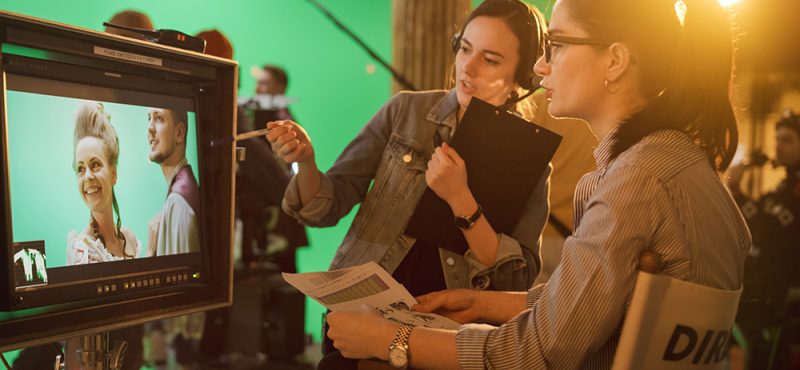It’s no secret that television was a vital part of our lives during the COVID pandemic. Through the long days and nights of quarantines and lockdowns, being able to unwind in front of our favorite series, specials, and movies kept us entertained and connected to the outside world.
But cable TV networks also have another critical role to play: bringing back our economy. As our communities begin to rebound, the jobs and investments provided by the industry are doing an outsized part to fuel that swing. In today’s blog, we’ll explore a few ways that this boost is making itself felt.
More programming means more jobs and investments
Let’s start at the beginning: investment. According to the Investing in America report, in 2020 cable TV networks spent $43.9 billion on the production and acquisition of shows and other content. Of that, nearly half ($21 billion) flowed outward to motion picture studios and other members of the production community, stimulating employment and income. In fact, besides employing some 58,700 people itself, the networks themselves are responsible for an additional 55,000 jobs in the motion picture and video industry sector, as well as 19,700 sports industry employees. Taken together, that’s an increase of over 20,000 jobs since 2007.
And those numbers are only set to increase as studios swing back into full production as the pandemic slows down. This means we can expect more award-winning series such as HBO’s Succession, more popular reality series such as Bravo’s Below Deck, and more acclaimed movies such as El Camino, which had its television premiere on AMC.
The Big Apple bounces back, thanks to cable programming
New York City is a good example of how these investments are working. In the city that never sleeps, studios are once again booked and permits for street shooting are back up to 75% of 2019 levels. That’s good news for a city that generates some $81.6 billion in annual economic activity from television and film production. “The industry has bounced back and it’s been so resilient,” says Douglas Steiner, chairman of the city’s largest production facility, Steiner Studios, where shows such as FX’s Damages, MTV2’s Hip Hop Squares, and Warner’s Gotham have been filmed.
According to NYC’s Film and Television Industry Economic Impact Study for 2021, local spending and hiring by television productions have increased year-over-year since at least 2015 – including during the pandemic. And in what may come as a surprise for many, spending and hiring by cable networks is significantly higher than that of film: in 2018, for example, film productions receiving city tax credits had an average local spend of $3.4 million, while an average television production spent $34 million – 10 times as much.
Moreover, cable networks and subscription programming companies are the ones that, according to the report, “make up the financial engine driving economic activity in New York City’s film and television industry.” These companies contributed over 40% of the industry’s direct economic output in 2019, with salaries in the subscription sector coming in at more than double the citywide average. And while the effects of the pandemic did make a dent, television production proved to be surprisingly resilient to the effects of COVID: despite a hold on production for several months, an impressive 143 television series were produced in the city in 2020. And even better numbers are to be expected for 2021.
A rebound beyond the screen
TV production is a win-win for the country: in addition to providing the award-winning content that keeps us informed and entertained, it also invests in our communities, providing the jobs and investment we need to pull out of a historic crisis. As the industry enters a new year, production will continue to ramp up, providing more career opportunities and supporting communities who need the support after a long recovery.
To learn more about programming and Beyond’s support of diverse, groundbreaking entertainment, visit our Diversity in TV campaign and learn how you can get involved.
